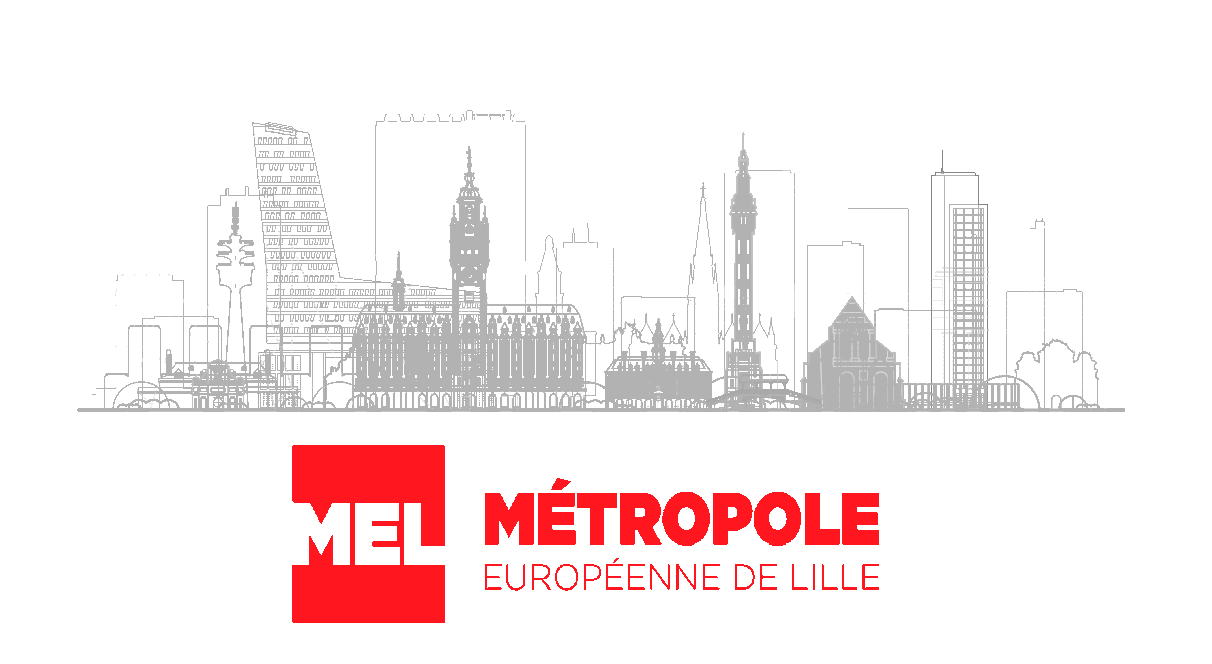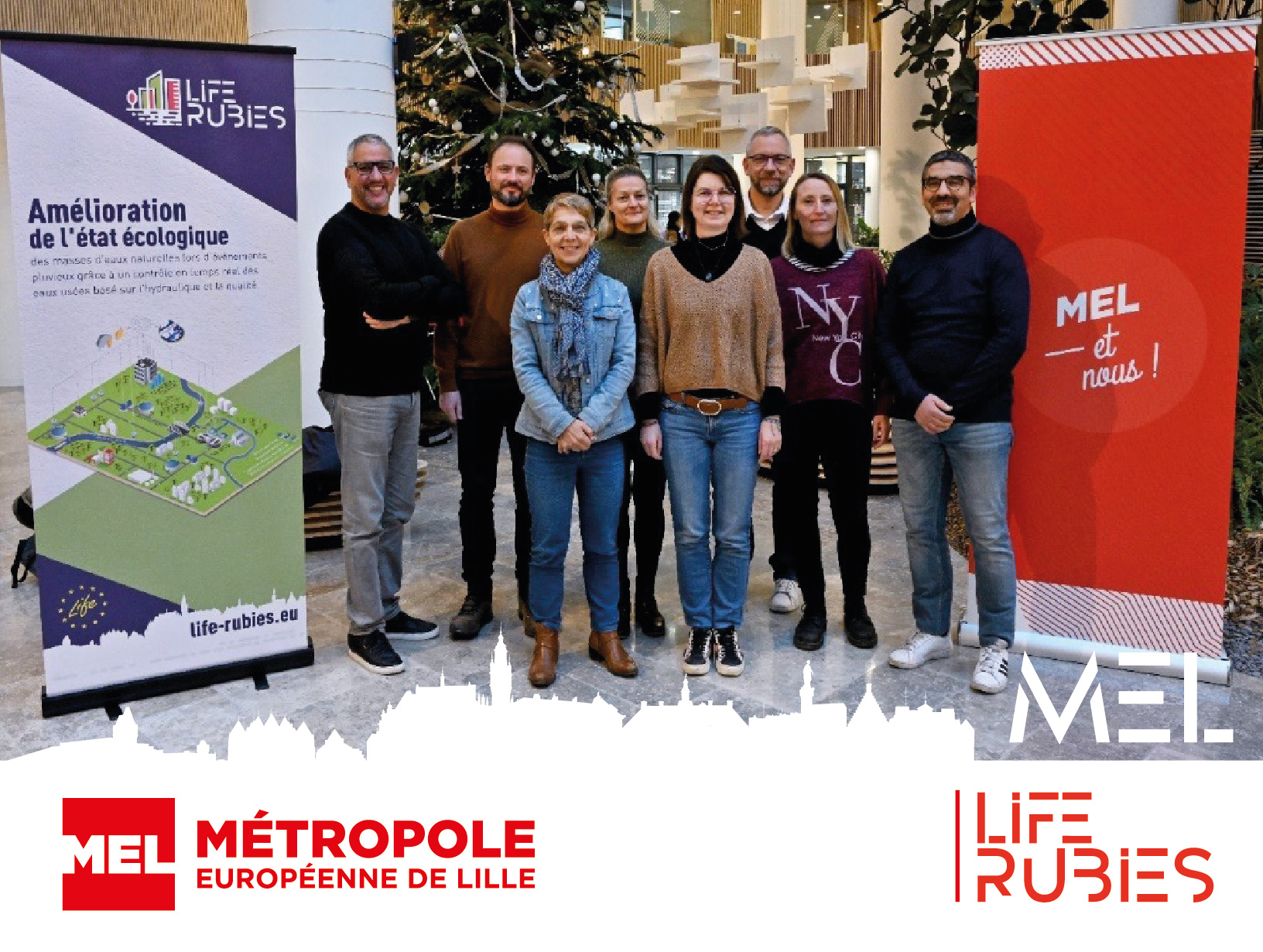

The pilot site consists of a WWTP plant with capacity of 8.1 m3/s with the organic production line of 2.8 m3/s and a rainwater production line of 5.3 m3/s/ The sewerage network is of a combined type with large collectors and low slope. The area comprises 2 Subcatchments: Bateliers basin is 335,000 PE for an area of 5,000 ha and Guy Lefort Basin is 52,000 PE, for an area of 1,450 ha.
General description: Wastewater flows from Madrid city are transported and treated in the Manzanares system, which is integrated by 27 retention tanks and 5 main WWTPs: Viveros, China, Gavia, Butarque and Sur. But during rain events, all the water cannot be treated, so some flows are discharged directly into the Manzanares river through many CS0s structures. In the most recent years, up to 30 retention tanks and tens of kilometers of big sewers in the river margins were built, to guarantee that all flows under 17 times the wastewater peak flows were treated in the WWTP. This was quite an ambitious objective. Madrid pilot site is located in the southern part of the Manzanares system considering both banks of the river.

Canal de Isabel II has a great concern in what regards to control policies of urban drainage for protection of receiving bodies. However, the historical operation procedures of its sanitary system during rainy events evidence certain fragmentation of decision-making.
In addition, CSO mitigation has traditionally been assessed based on dilution concept, while nowadays, the importance of considering the pollutant loads and characterization of sewage is gaining in importance over first flush or dilution criteria.
In this context, Real-Time Control Strategies presented in the Life Rubies project are presented as a hopeful solution in order to solve the deficiencies detected and guarantee a better protection of surface waters.

Lille European Metropolis (Métropole Européenne de Lille (MEL), a French Public intermunicipal cooperation authority, manages the sanitation of the 95 municipalities in its territory.
The territory is divided into 17 sanitation agglomerations, the largest of which is Lille (533,333 population equivalent). In order to meet the regulatory obligations of the European “Urban Wastewater” Directive and the associated national regulations concerning the limitation of pollution discharges in rainy weather from combined sewage systems, MEL has included in its Local Urban Plan, since 2004, prescriptions concerning sustainable management of rainwater for urban development and urban renewal projects and is developing the disconnection of stormwater when requalifying public spaces.
At the same time, MEL has deployed storage basins to reduce its main discharges. In order to optimize its equipments, MEL is now turning to intelligent and dynamic management strategies. The LIFE RUBIES project is an innovative program that takes into account both hydraulic flows and pollution flows. MEL has therefore expressed its support to participate as a partner and user of the LIFE RUBIES proposal. Within the scope of the project, MEL provides strategic sites for a concrete experimentation.


